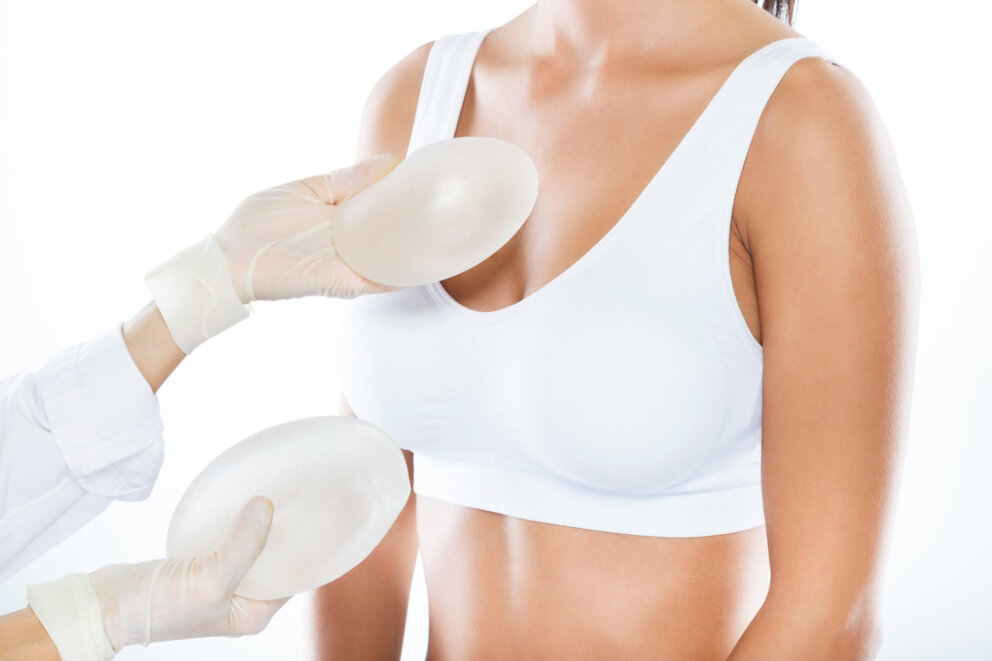Curettage is one of the most common diagnostic and therapeutic procedures on the cervix and in the uterine cavity. Your doctor will recommend it if you have irregular bleeding, abnormally heavy bleeding, a cervical polyp, or unclear sonographic findings.
The aim of the curettage is to obtain a sample of mucosa from the uterus for histological examination. Curettage can be diagnostic when the doctor is looking for clarification of the cause of unclear bleeding, tissue multiplication inside the uterus detected in an ultrasound examination or the presence of cell growths on the cervix. Diagnostic curettage is a so-called. fractionated curettage, where one mucosal sample is taken from the cervical canal and the other from the uterine cavity.
Curettage is used as a treatment method to stop excessive or prolonged bleeding.
The removed material is sent for histological examination to confirm whether it is a harmless disorder or a serious disease requiring further therapeutic measures. We inform about the result of the histological examination within 14 days after the procedure.
The performance itself does not require special preparation. The operation is performed under general anaesthesia, with blood draws and a pre-operative examination. Before surgery, it is necessary to emphasize the hygiene of the operated area, it is recommended to shave the pubic hair of the external genital area. On the day of surgery, the patient must not eat or drink for 6 hours before the procedure.
Postoperative course
After careful postoperative observation, the patient can leave the medical facility after only a few hours. After the procedure itself, you may experience mild pain in the lower abdomen, which usually subsides quickly and does not require treatment. Before going for home treatment, each patient is briefed on her health status and arranges a follow-up appointment. After the procedure, it is necessary to observe a resting regime, avoid lifting heavy loads and behaviours that could lead to bleeding, respectively. clogging of the infection (do not use menstrual tampons, vaginal lavage, limit sexual intercourse for at least 3-4 weeks). Only showering is recommended, not bathing.

























